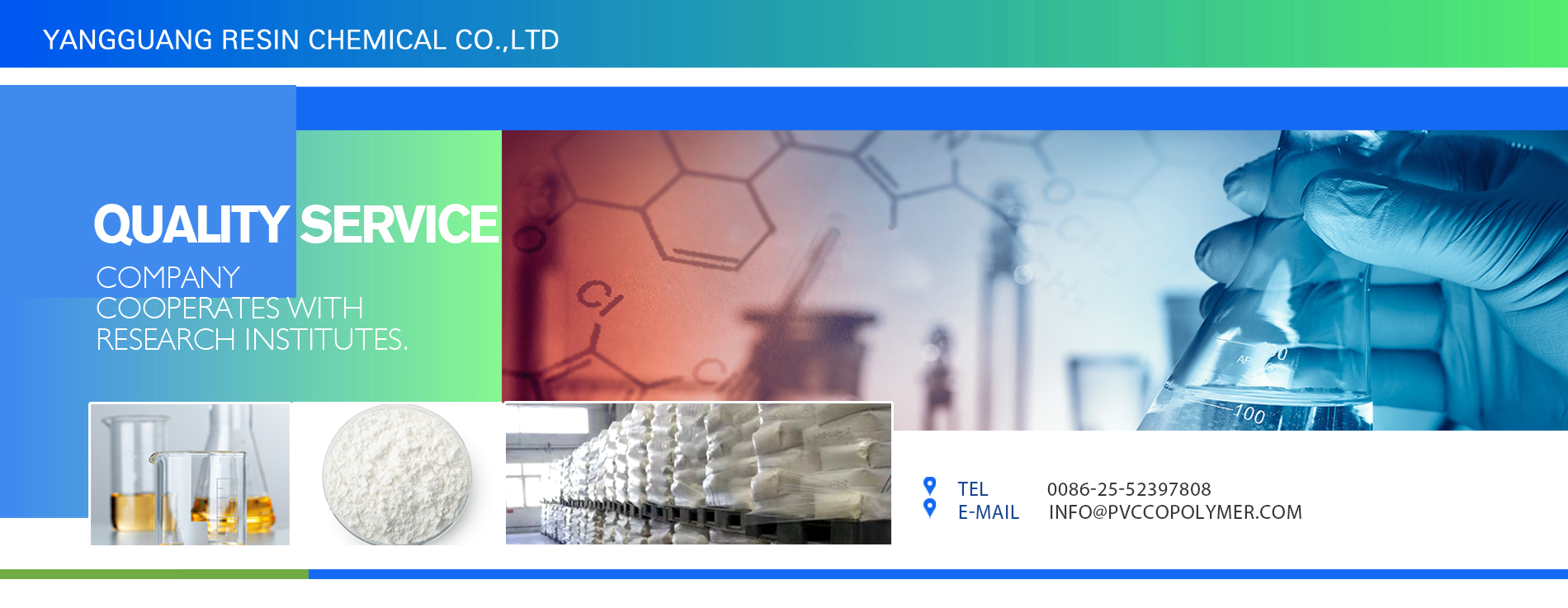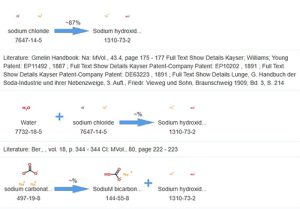
Sodium Hydroxide

Specifications
| Item | Index |
| Appearance | Odorless white solid |
| Melting point ℃ | 318 ºC |
Multiple Specifications
| Name | Order | |||
| TYXG-1000 | ||||
| TY-800 | ||||
| TY-1000 | ||||
| TY-1300 | ||||
| TYH-2500 | ||||
Packing & Storage
| Packing | In 25KG wowen bags or per customer needs. | |||||||
| Storage | Store in a cool place, keep the container airtight, and store in a dry and ventilated place. | |||||||
| Shipping | Not suitable for transport in rainy weather | |||||||
Free Quote
At present, the company has more than 10 experienced export sales .
For samples, pricing, or more information, please call us at 0086-25-52397808 or mail to info@pvccopolymer.com . We will respond to you as soon as possible.
Tel: 0086-25-52397808
E-mail: info@pvccopolymer.com



General Information
| Common Names | Sodium hydroxide | ||||||
| Structure |  | ||||||
| CAS No. | 1310-73-2 | Boiling Point (℃) | 1390 ºC | ||||
| Molecular Weight | 39.997 | Melting Point (℃) | 318 ºC | ||||
| Appearance | Odorless white solid | Flash Point (℃) | 176-178°C | ||||
| HS Code | 2815110000 | Solubility | Soluble in water, ethanol, glycerol, insoluble in acetone | ||||
| Safety Phrases | S26-S45-S37/39-S24/25-S36/37/39 | |
| RIDADR | UN 1824 8/PG 2 | |
| WGK Germany | 1 | |
| Packaging Group | II | |
| Hazard Class | 8 | |
| SYMPTOMS | PREVENTION | FIRST AID | |
| Inhalation | Irritation of the eyes and airways, corrosion of the nasal septum | Wear a mask | Quickly remove from scene to fresh air. Give artificial respiration if necessary. Go to a doctor |
| Skin | Burning sensation | Wear chemical productive glasses | Immediately rinse with water for at least 15 minutes. Seek medical treatment for burns |
| Eyes | Burning sensation | Wear rubber gloves | Immediately lift eyelids and rinse with running water or saline for at least 15 minutes. Or rinse with 3% boric acid solution. Go to a doctor |
| Ingestion | Digestive tract burns, mucosal erosion, bleeding and shock | Wear a mask. | When the patient is awake, gargle immediately, take diluted vinegar or lemon juice orally, and seek medical attention |

Frequently Asked Questions
How is Sodium Hydroxide stored and distributed?
Store in a cool place, keep the container airtight, and store in a dry and ventilated place.
What is Sodium Hydroxide used for?
1.Basic chemical raw materials, used as high-purity reagents, widely used in chemical, metallurgy, paper, petroleum, textile and daily chemical and other departments.
2.Used analytically as a calibration of acids
3.It is mainly used in viscose rayon, synthetic fiber, dye intermediate, rubber regeneration, fabric bleaching and dyeing, paper making, soap making, leather and so on
4.It is used as an analytical reagent, saponification agent, absorbent for a small amount of carbon dioxide and water, and is also used in sodium salt manufacturing
5.Used in textile, printing and dyeing, enamel, paper, synthetic detergent, pesticide, metallurgy, food, rubber and other industries
6.Basic chemical raw materials, widely used in chemical industry, metallurgy, paper, petroleum, textile and daily chemical industry and other departments
7.For the production of paper making and cellulose pulp; It is used in the production of soap, synthetic detergent, synthetic fatty acids and the refining of animal and vegetable oils. Textile printing and dyeing industry used as cotton desizing agent, boiling agent and mercerizing agent. Chemical industry for the production of borax, sodium cyanide, formic acid, oxalic acid, phenol and so on. The petroleum industry is used to refine petroleum products and in oilfield drilling mud. It is also used for the surface treatment of aluminum oxide, metal zinc and metal copper, as well as glass, enamel, leather, medicine, dyes and pesticides. Food grade products are used in the food industry as acid neutralizer, peel agent for citrus, peaches, etc., as well as decolorizing agent, deodorizing agent.
8.As an acid neutralizer, it can be used for peeling in fruit processing, and can also be used as a detergent for empty bottles, empty cans and other containers, according to the production needs.
9.Basic analytical reagents for a wide range of applications. Standard lye for preparation and analysis. A small amount of carbon dioxide and water absorbent. Neutralization of acid. Sodium salt manufacturing.
10.Basic analytical reagents for a wide range of applications. Standard lye for preparation and analysis. A little carbon dioxide and water

